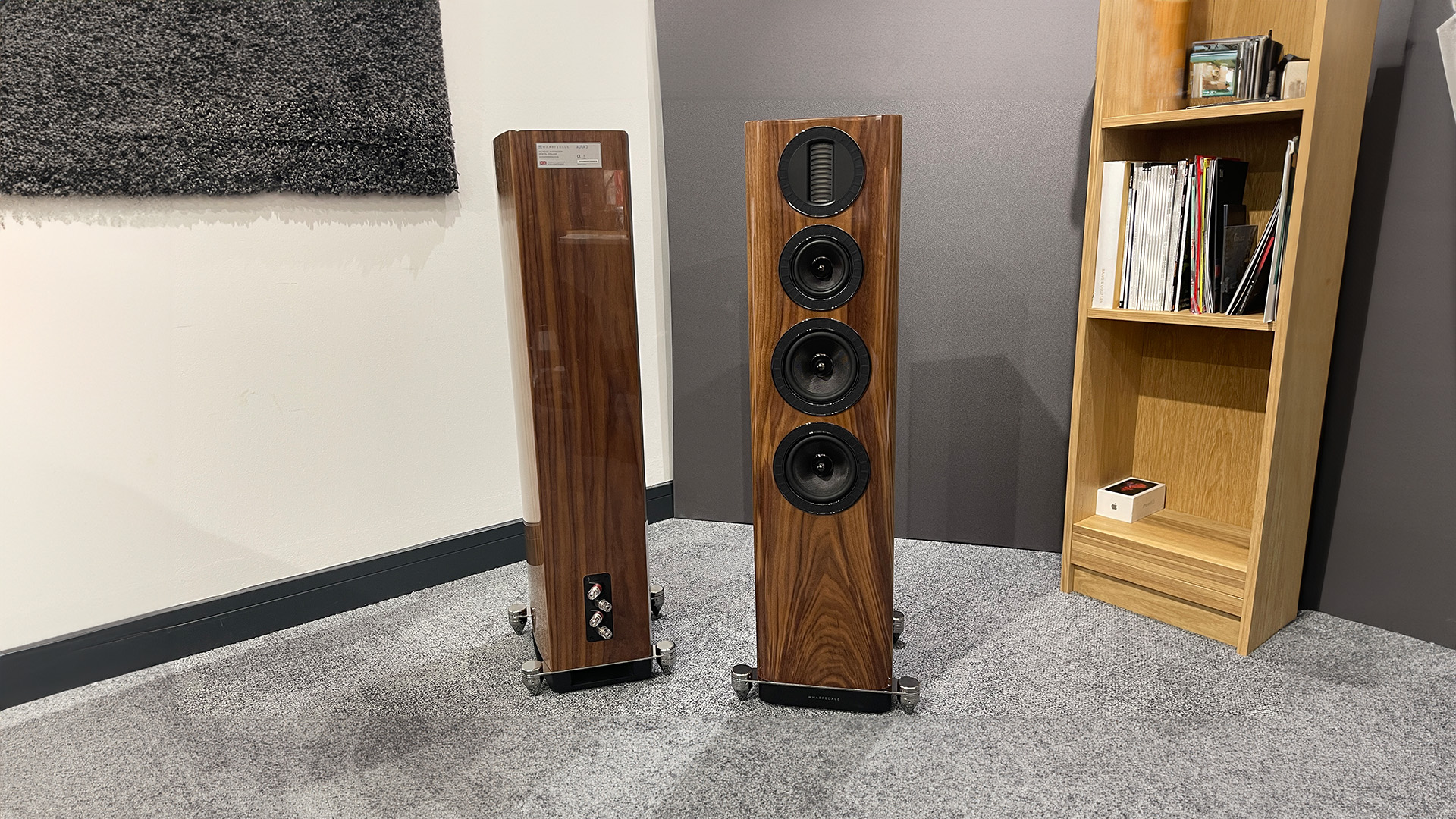What Hi-Fi? Verdict
The Wharfedale Aura 3 are luxuriously made and deliver a refined and easy-going listening experience
Pros
- +
A full-bodied and refined presentation
- +
Articulate midrange
- +
Authoritative sound
- +
Lovely build
Cons
- -
Sound lacks a bit of verve
- -
Powerful bass could be better defined
- -
Presentation could sound more spacious
Why you can trust What Hi-Fi?
Has Wharfedale made some sort of mistake with the Aura 3’s price? That’s our first thought as we unpacked these elegant floorstanders. Few rivals at this level look as luxurious or as comprehensively engineered. This is a great start given that the Aura range is designed to distil the character and quality of the high-end Elysian series into a more affordable and easier-to-accommodate form.
The Aura range currently consists of four models of stereo speakers (split evenly between standmounters and towers) and a pair of dedicated centre speakers. The Wharfedale Aura 3 on test here is the smaller of the two floorstanders and the one more likely to be used in modestly-sized UK homes.
Build & design
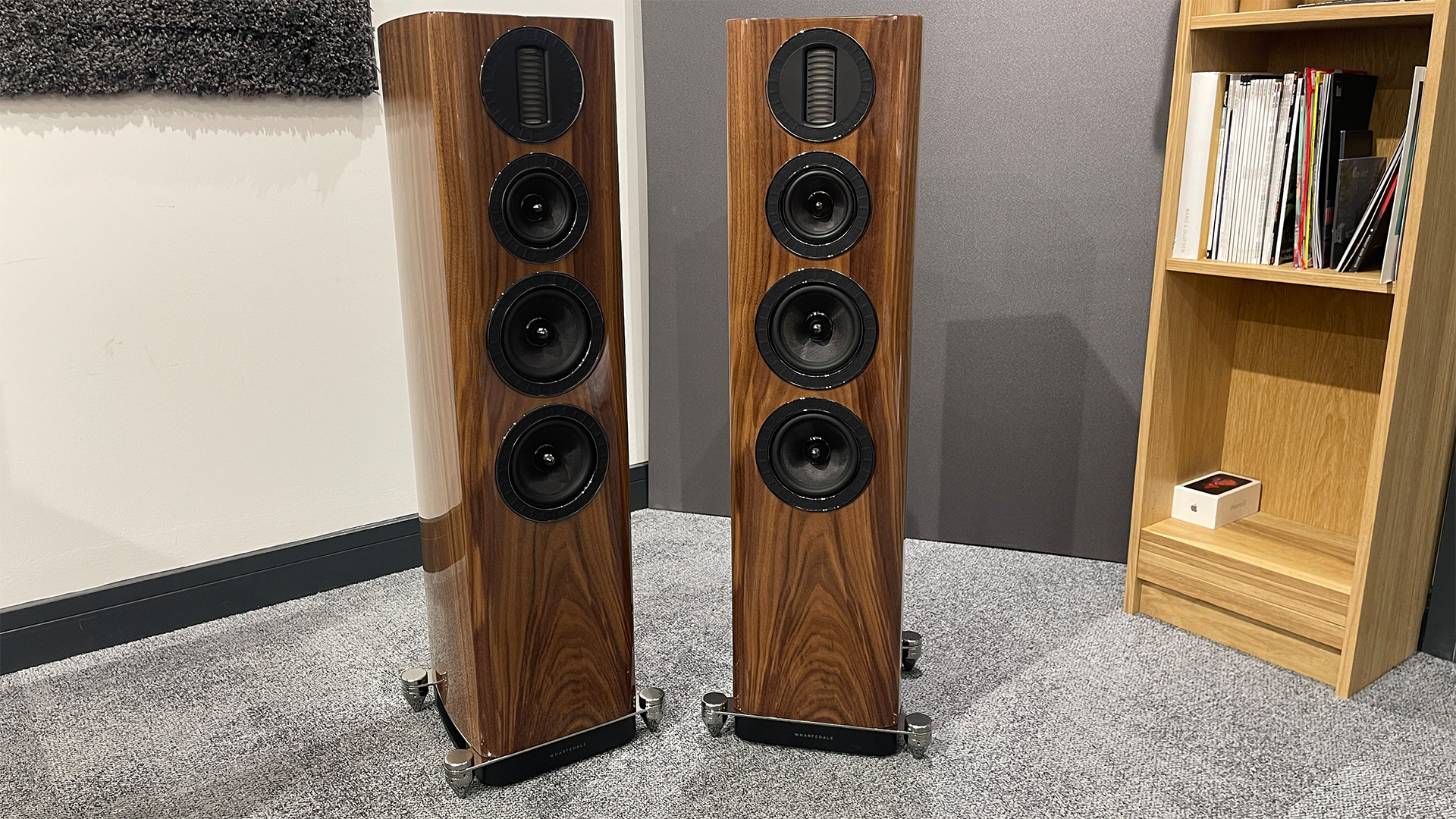
These speakers are beautifully made and finished. Their enclosures feature elegantly curved sides and neatly rounded corners to minimise the sonically harmful effects of sharp corners. The enclosure’s panels are made of multiple layers of different woods to create a more inert and less resonant structure, and internally the rearward sound from the drivers is damped by multiple layers of matted long hair fibre. There are three finish options for the cabinet – white, gloss black and walnut – and they all look smart to our eyes.
These Wharfedales have a formidable-looking drive unit array with two 13cm bass drivers, a 10cm midrange unit and a 27 x 90mm AMT (Air Motion Transformer) tweeter. Wharfedale claims that this tweeter, which uses a folding diaphragm that moves in a concertina fashion to produce sound, excels at reproducing the music’s transients with low overall distortion. Its use certainly helps to differentiate these speakers from their more conventional rivals.
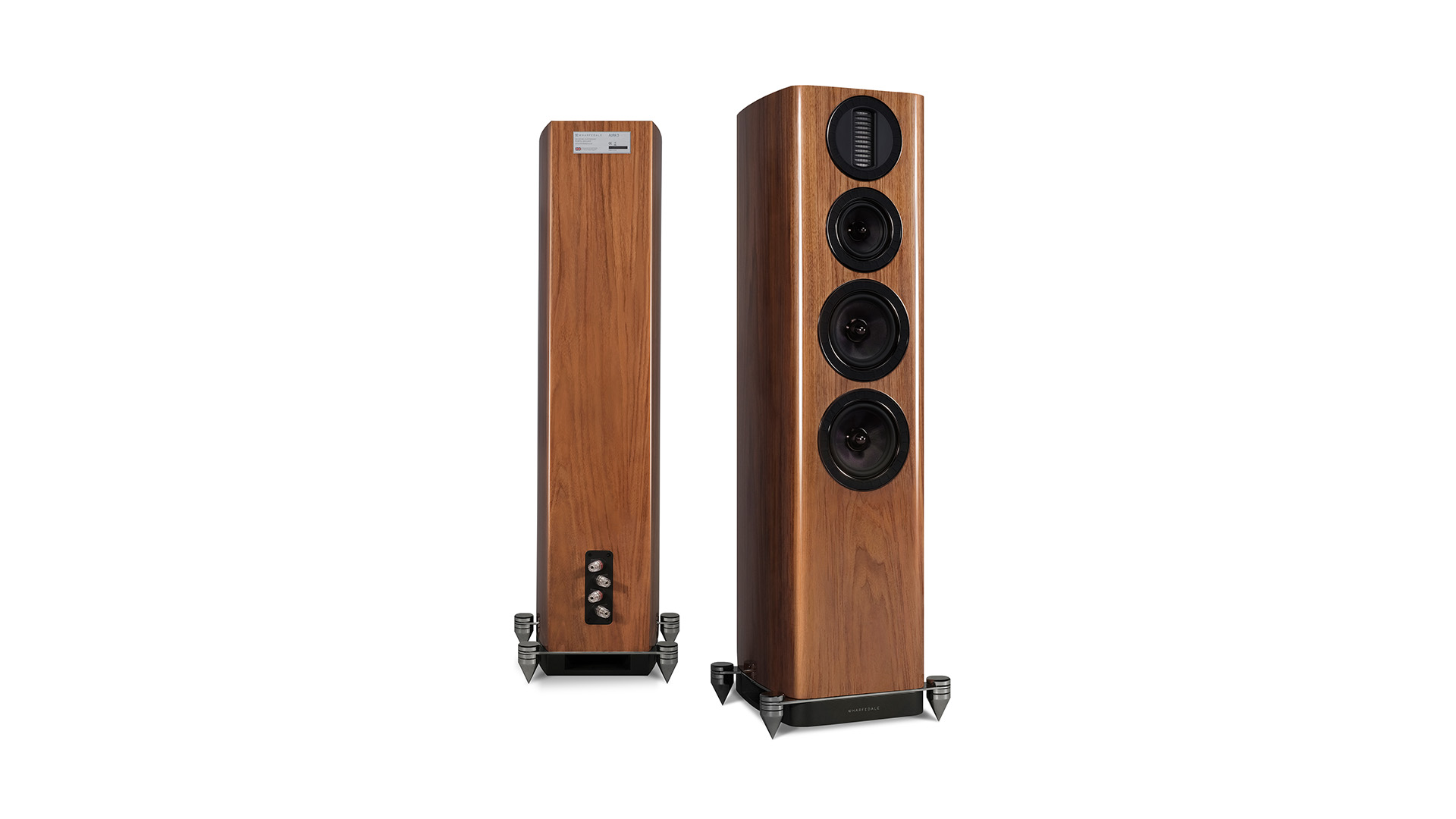
Type Floorstanders
Drive units 27 x 90mm AMT tweeter, 10cm glass fibre midrange, 2 x 13cm glass fibre bass units
Ported? Yes (downward)
Bi-wire? Yes
Impedance 6 ohms
Sensitivity 88dB
Dimensions (hwd) 104 x 25 x 30cm
Weight 23kg
Finishes x 3 (walnut, white, gloss black)
The midrange and bass units are designed to match the performance of the AMT, and use cones made of woven glass fibre terminated by highly flexible rubber surrounds so that any cone resonances can be properly controlled. The crossover points are fairly conventional, being set at 3.3kHz between the tweeter and midrange, and then at 460Hz to the dual bass drivers.
Those twin bass drivers are given a separate and sizeable 42.8 litre compartment inside the cabinet and are tuned by a downward-firing port that outputs into the room through a series of slots at the base of the enclosure. This arrangement is said to reduce unwanted turbulence from the port and improve the efficiency of the bass reflex system. In our experience, it also helps to make the speakers a little less fussy about their placement relative to the rear wall.
Compatibility
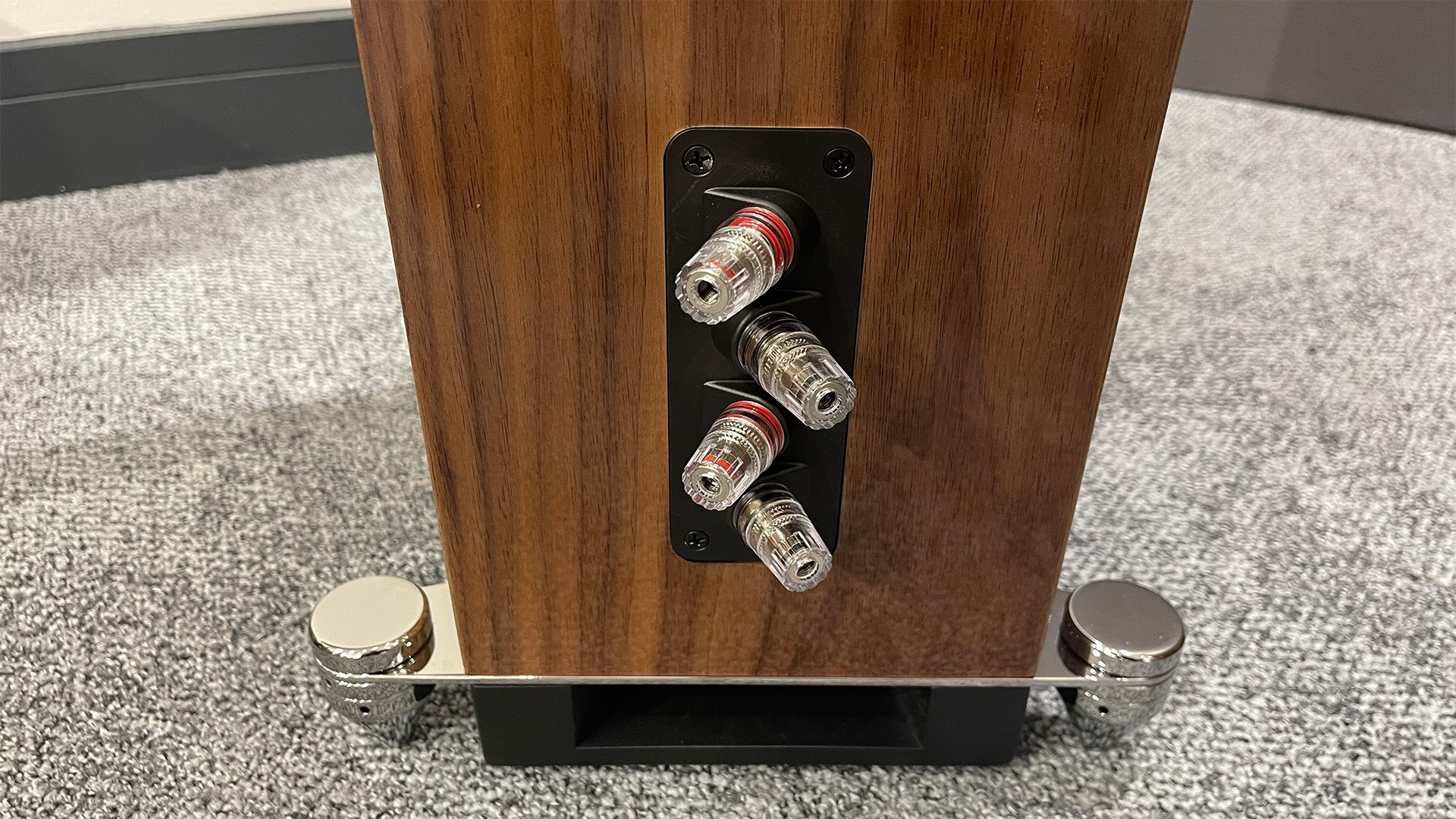
In general, the Aura 3 proves an unfussy proposition. As long as they are given some space to breathe, around 50cm out into the room is a good starting point, and slightly angled towards the listening position, they will be fine. A bit of tweaking fine-tunes things, but mostly these floorstanders prove easy-going.
The latest hi-fi, home cinema and tech news, reviews, buying advice and deals, direct to your inbox.
That applies to partnering electronics too. The Aura 3’s sensitivity is claimed to be 88dB/W/m and they have a nominal impedance of 6 ohms (with a minimum of 3.1 ohms). This doesn’t represent a particularly difficult electrical load and any properly-designed price-compatible amplifier will drive these towers without issue. The only possible exceptions could be some very low-output (single-figure) valve designs, but such units are pretty niche.
During the test process, we use our usual reference system of Naim ND555/555 PS DR music streamer, Technics SL-1000R/Kiseki Purpleheart MC and Burmester 088/911 Mk III pre/power. We also feed the Wharfedales with more price-comparable source in the form of a Chord 2go/Hugo 2 streamer and drive them with both PMC’s Cor integrated and Naim's Nait XS3 amplifier.
Sound
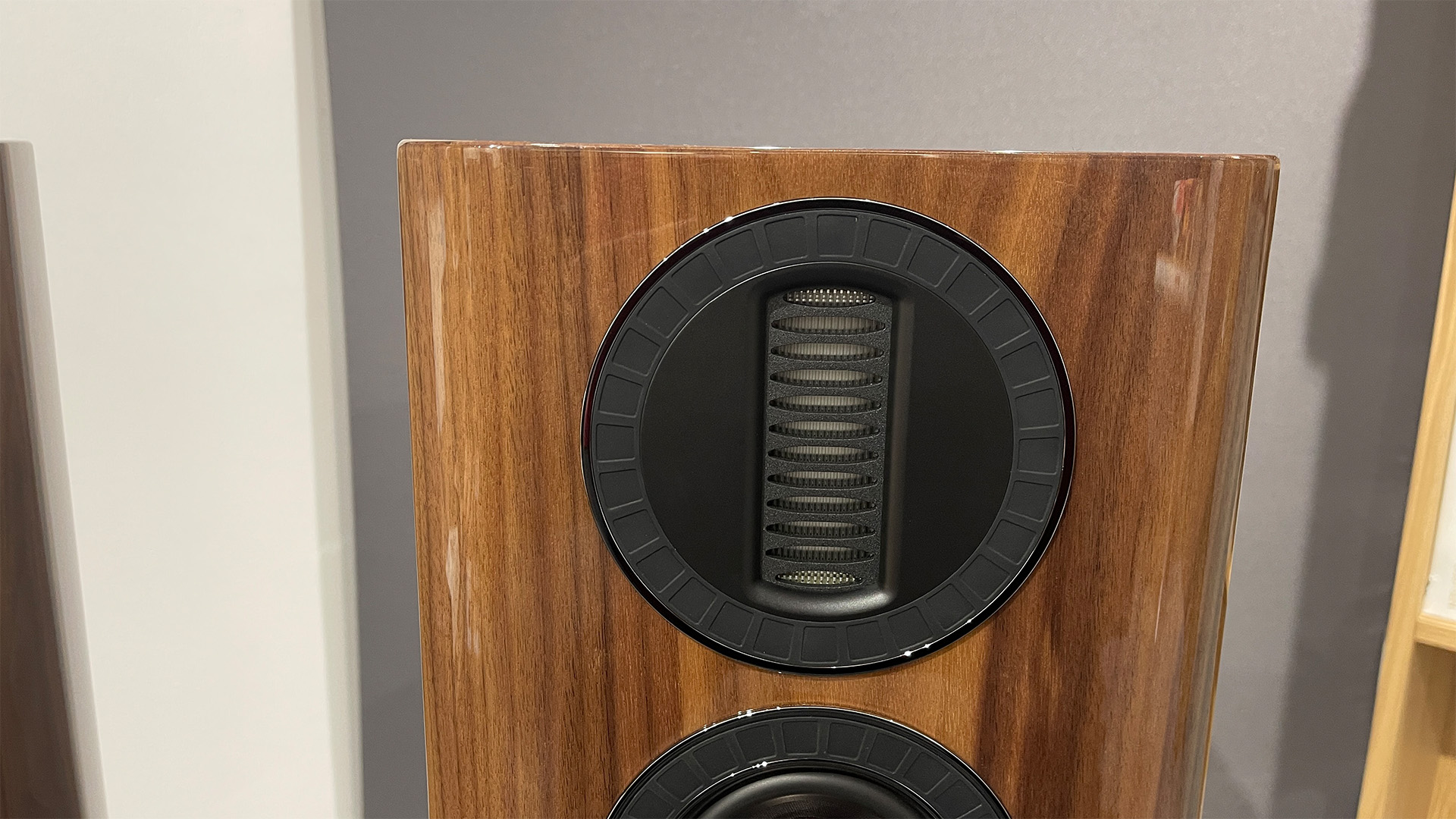
We like these speakers and we think many of you will too. They have a smooth and relaxed way of presenting music that makes it easy to just sit in front of them for hours. For the most part, the presentation is well-judged. It has the natural warmth and refinement to work well with small-scale vocal-based material such as Last by The Unthanks or Tracy Chapman’s Let It Rain. The drive units work together seamlessly, delivering a solid yet tactile midrange performance. The presentation has an appealing physicality where instruments and voices come across with substance and authority. That AMT tweeter is detailed and insightful but also refuses to draw undue attention, even when provoked by harsh or forward recordings.
Move to larger-scale music such as Hans Zimmer’s Interstellar OST and the Wharfedales respond with deep, powerful lows and pleasing scale. They can play loudly without getting shouty and have the composure to track a multitude of instrumental strands without sounding confused. General detail levels are good and all that information is presented in a pleasantly confident and unforced way. The stereo imaging is tightly focussed and stable but not quite as spacious or expansive as some we have heard. That didn’t spoil our enjoyment of what is a mature and enjoyable performer, though.
Large-scale dynamic shifts are handled well as are high volume levels. These floorstanders stay composed when pushed hard and are happy to fill even larger rooms with sound. They have no difficulty driving our 3 x 7 x 5m (hwd) test room to uncomfortable levels, for example.
Are these speakers among the most exciting at the price? The answer has to be no. The Award-winning ProAc Response DT8 have more verve and drive, as do Fyne Audio’s immensely talented F501SP. Listen to Radiohead’s National Anthem and for all the Wharfedales’ power and authority it is clear that the music’s rhythmic drive could be more enthusiastic and those beefy lows could be rendered with greater precision and gripped more firmly.
Do these traits stop them from being recommendable? Not in our book. These may not be speakers that encourage you to dance around the room, but they still have enough in the way of insight and dynamic expression to hold our attention. Their overall balance is forgiving of recording quality and that is useful if you, like us, have a collection made up of music that we like rather than chosen for its production value.
Verdict
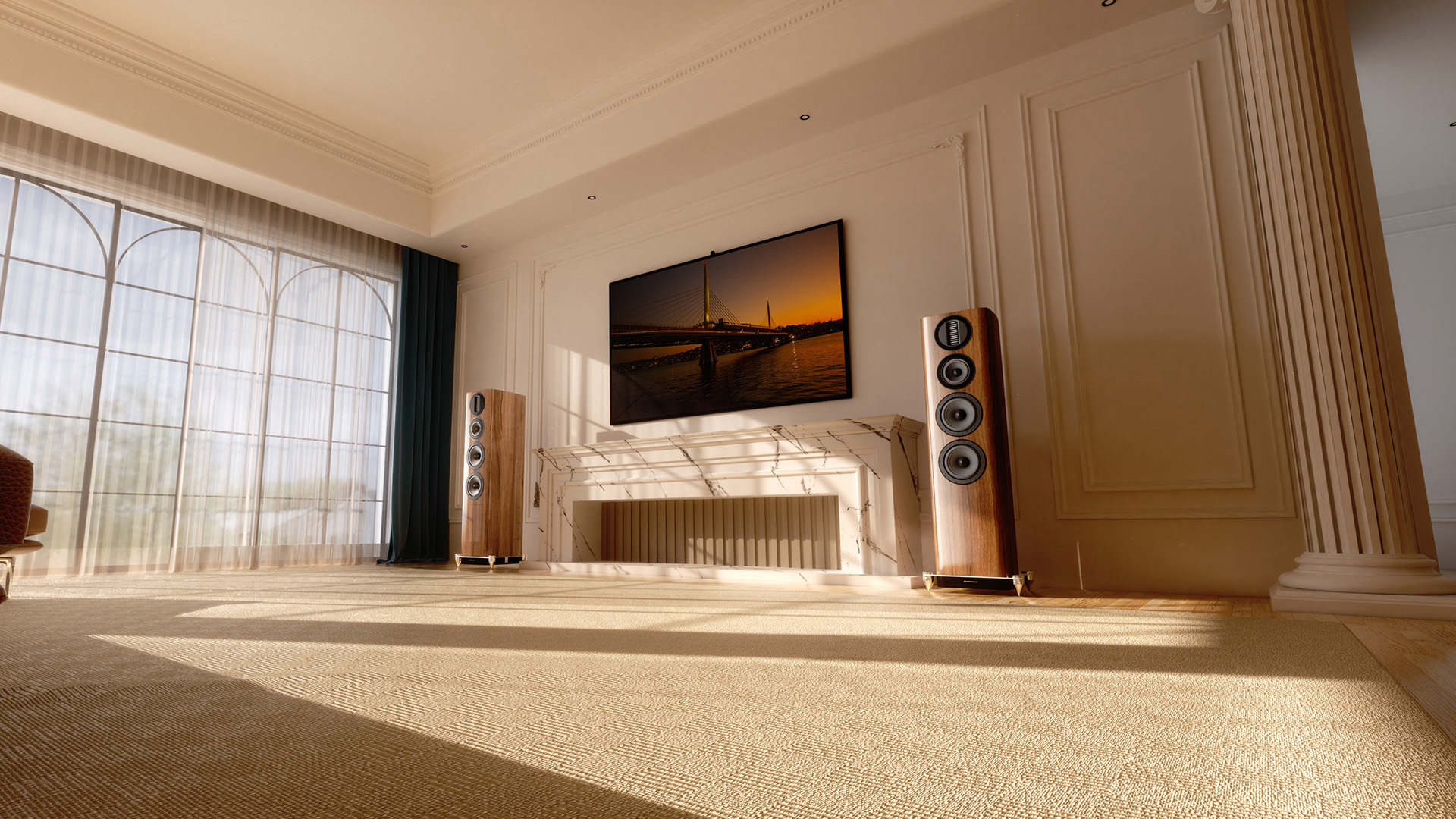
During our test sessions we spend hours going through the music on our music servers and from Tidal, and the Wharfedale Aura 3 never disappoint. As we move from Major Lazer to Kate Bush and then Mahler’s 10th Symphony it becomes clear that though they take fewer risks, the final result is always musically rewarding. Add that to the excellent build and ease of partnering and you have floorstanding speakers that are worth taking seriously.
SCORES
- Sound 4
- Build 5
- Compatibility 5
MORE:
Read our review of the ProAc Response DT8
Also consider the Spendor A4 floorstanders
Read our review of the Fyne Audio F501SP speakers
Best floorstanding speakers: budget to premium tested tested by our experts
What Hi-Fi?, founded in 1976, is the world's leading independent guide to buying and owning hi-fi and home entertainment products. Our comprehensive tests help you buy the very best for your money, with our advice sections giving you step-by-step information on how to get even more from your music and movies. Everything is tested by our dedicated team of in-house reviewers in our custom-built test rooms in London, Reading and Bath. Our coveted five-star rating and Awards are recognised all over the world as the ultimate seal of approval, so you can buy with absolute confidence.
